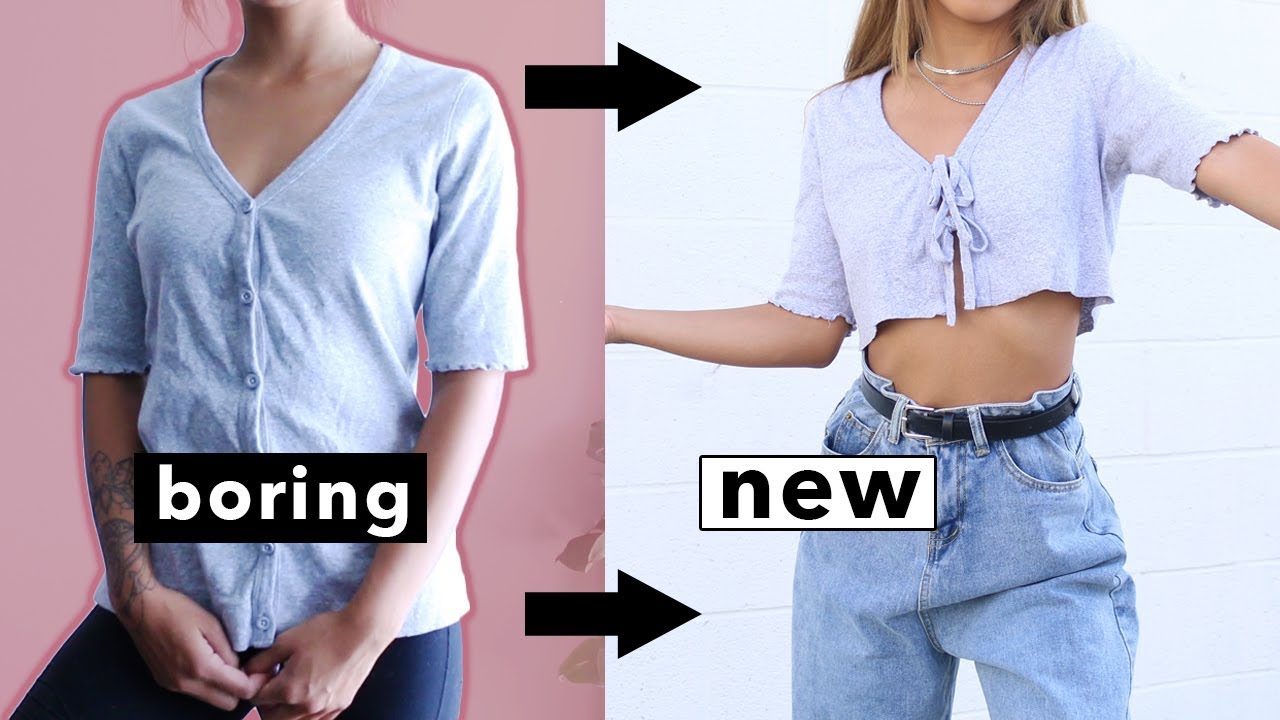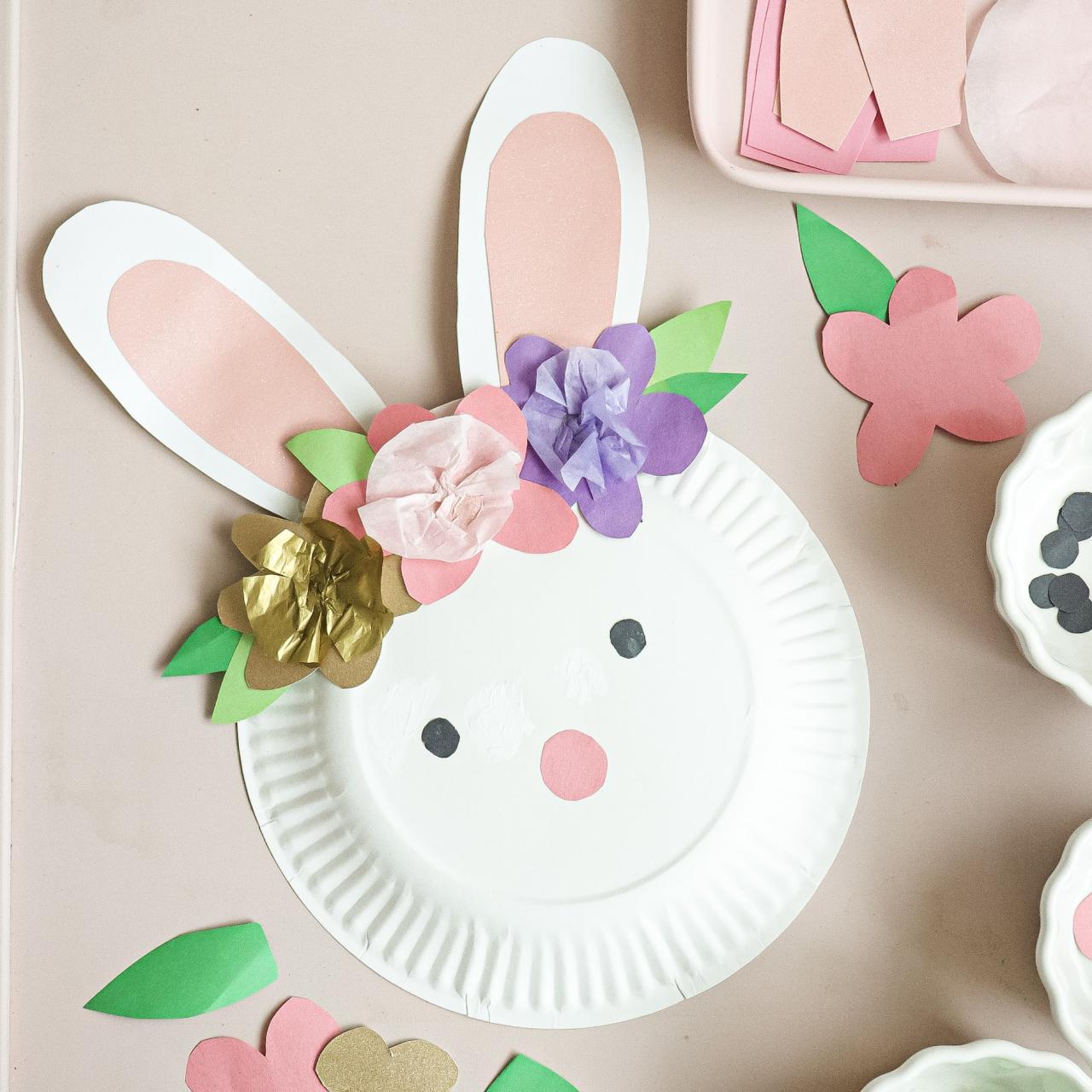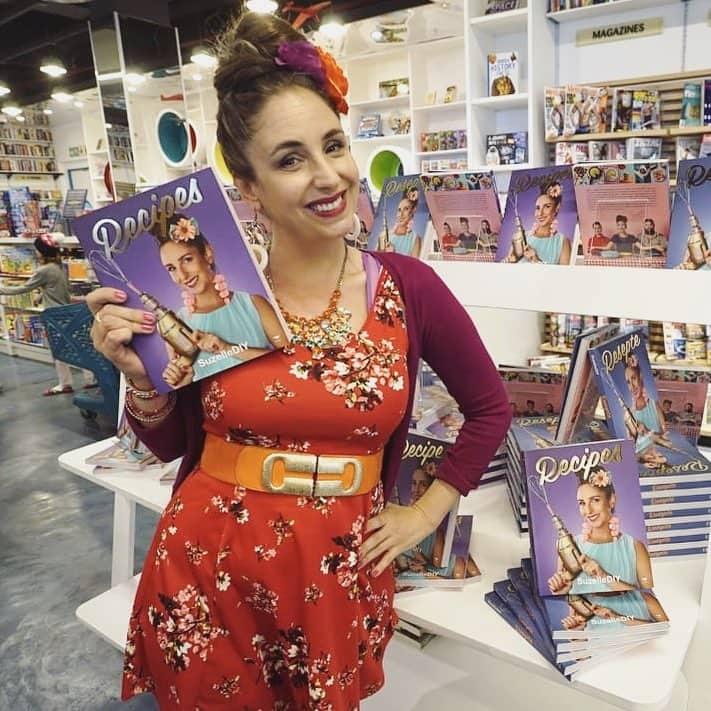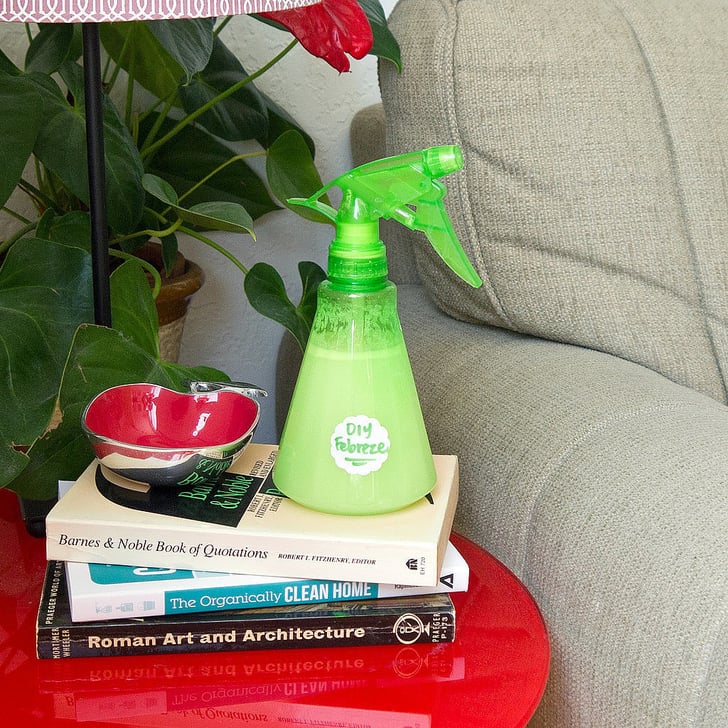DIY clothes have exploded in popularity, fueled by a desire for sustainability, affordability, and self-expression. From crafting unique garments to upcycling old favorites, the world of DIY fashion offers endless possibilities for creativity and personal style.
This guide delves into the exciting world of DIY clothes, exploring the benefits, techniques, and resources available to help you unleash your inner designer. We’ll cover everything from basic sewing techniques to advanced tailoring, inspiring you to create custom pieces that reflect your individuality.
The Rise of DIY Clothes
The world of fashion is constantly evolving, and in recent years, a significant trend has emerged: the growing popularity of DIY clothes. From simple alterations to elaborate creations, individuals are increasingly taking matters into their own hands, designing and crafting their own unique wardrobes. This trend is driven by a confluence of factors, including a desire for sustainability, affordability, and personal expression.
Factors Contributing to the Rise of DIY Clothes
The increasing popularity of DIY clothes can be attributed to several factors.
- Sustainability: Consumers are becoming more conscious of the environmental impact of fast fashion, leading to a growing demand for sustainable clothing options. DIY clothes offer a way to reduce waste by repurposing old garments and minimizing the need for new purchases.
- Affordability: DIY clothes can be significantly cheaper than buying ready-made garments, especially for those who enjoy experimenting with different styles and trends. The ability to customize clothes to fit perfectly and personalize them with unique details adds to their appeal.
- Personal Expression: DIY clothes allow individuals to express their creativity and individuality. By designing and creating their own garments, people can showcase their personal style and stand out from the crowd.
Successful DIY Clothing Brands and Influencers
The rise of DIY clothes has also led to the emergence of successful brands and influencers who promote this trend.
- Upcycled clothing brands: Companies like Reformation and Patagonia are known for their commitment to sustainability and their use of recycled materials. These brands inspire individuals to embrace upcycling and create their own unique pieces from pre-loved clothing.
- DIY clothing influencers: Social media platforms like Instagram and TikTok are filled with DIY clothing influencers who share tutorials, tips, and inspiration for creating their own garments. These influencers often showcase their unique styles and inspire others to experiment with DIY fashion.
Getting Started with DIY Clothes
Embarking on the journey of creating your own clothes can be a rewarding and empowering experience. Whether you’re a seasoned sewer or a complete beginner, the world of DIY fashion offers endless possibilities for self-expression and creativity. This guide provides a comprehensive overview of the essential steps to get started with DIY clothes.
Essential Tools and Materials
Having the right tools and materials is crucial for successful sewing projects. Here’s a list of essentials for beginners:
- Sewing Machine: A reliable sewing machine is a fundamental investment for DIY clothes. Choose a machine with basic features like straight stitch, zig-zag stitch, and adjustable stitch length.
- Scissors: Invest in a pair of sharp fabric scissors specifically for cutting fabric. Avoid using regular scissors as they can dull the blades and damage the fabric.
- Measuring Tape: A flexible measuring tape is essential for taking accurate body measurements and fabric lengths.
- Pins: Sewing pins are used to hold fabric pieces together before stitching. Choose pins with sharp points and large heads for easy handling.
- Fabric: Choose fabrics that are suitable for the type of garment you want to create. Consider factors like weight, drape, and care instructions.
- Thread: Match the thread color to the fabric or use contrasting colors for decorative purposes. Choose a thread that is compatible with your sewing machine.
- Sewing Needles: A variety of sewing needles are available, each designed for specific fabric types. Choose needles that are sharp and appropriate for the fabric thickness.
- Iron and Ironing Board: Ironing is essential for pressing seams and removing wrinkles from fabric. A steam iron is recommended for smoothing out wrinkles effectively.
Learning Fundamental Sewing Techniques
Mastering basic sewing techniques is essential for creating well-constructed garments. Here are some resources and tutorials to get you started:
- Online Tutorials: Websites like YouTube, Skillshare, and Craftsy offer a wealth of free and paid sewing tutorials covering a wide range of techniques.
- Sewing Books: There are numerous books available that provide step-by-step instructions for various sewing projects, from basic garments to more complex designs.
- Local Sewing Classes: Many community centers, craft stores, and sewing studios offer in-person classes for beginners and advanced sewers.
Choosing Your First Project
Starting with a simple project is recommended for beginners. Here are some ideas for easy-to-sew garments:
- Pillowcases: Pillowcases are a great beginner project as they involve basic sewing techniques and require minimal fabric.
- Scrunchies: Scrunchies are easy to sew and allow you to experiment with different fabric patterns and colors.
- Simple Skirt: A basic A-line skirt is a versatile garment that can be dressed up or down for various occasions.
DIY Clothing for Special Occasions

Creating custom outfits for special events like weddings, proms, and other celebrations is a fantastic way to express your personal style and stand out from the crowd. DIY clothing allows you to design pieces that perfectly match your vision and flatter your figure, making you feel confident and beautiful on your special day.
Designing Custom Pieces for Specific Occasions
When designing DIY clothing for special occasions, it’s essential to consider the event’s theme, dress code, and your personal style. For weddings, you might opt for elegant dresses, jumpsuits, or separates in soft colors and luxurious fabrics. Proms offer an opportunity to embrace bolder designs and brighter colors, while other events may call for more casual yet stylish attire.
Here are some tips for designing custom pieces for specific occasions:
* Choose the right fabric: The fabric you choose will significantly impact the overall look and feel of your garment. For formal occasions, consider fabrics like silk, satin, lace, or velvet. For more casual events, you can opt for cotton, linen, or chiffon.
* Add embellishments: Embellishments can elevate your DIY creations to a whole new level. Consider adding sequins, beads, lace appliques, or embroidery to your garments.
* Accessorize wisely: Accessories play a crucial role in completing your outfit. Choose jewelry, shoes, and handbags that complement your design and add a touch of elegance.
* Consider your silhouette: When designing your garment, think about your body shape and choose a silhouette that flatters your figure. A-line dresses are flattering on most body types, while empire waistlines can elongate the torso.
Incorporating Personal Touches and Adding Elegance
Adding personal touches to your DIY creations is a great way to make them truly unique. You can incorporate elements that reflect your personality, interests, or even your favorite colors.
Here are some ideas for incorporating personal touches and adding a touch of elegance:
* Use meaningful fabrics: Consider using fabrics that have a special meaning to you, such as a piece of vintage lace from your grandmother’s collection or a fabric with a pattern that represents your interests.
* Embroider a special message: Adding a personalized message or quote to your garment can make it even more meaningful.
* Create a statement piece: Consider designing a single statement piece that will be the focal point of your outfit. This could be a unique necklace, a statement earring, or a beautiful shawl.
* Choose colors that reflect your personality: Colors can evoke different emotions and convey different messages. Choose colors that reflect your personal style and make you feel confident and beautiful.
“DIY clothing allows you to create pieces that are truly unique and reflect your individual style.”
DIY Clothing and Sustainability
The DIY clothing movement aligns perfectly with the growing concern for environmental sustainability. By creating your own clothes, you can actively reduce your environmental impact and promote a more mindful approach to fashion.
Environmental Benefits of DIY Clothing
DIY clothing offers a multitude of environmental benefits. It reduces textile waste by minimizing the need for new clothing purchases, promoting the use of existing materials, and encouraging creative upcycling techniques. This aligns with the principles of a circular economy, where resources are used efficiently and waste is minimized.
Sustainable Materials and Ethical Production Practices
Choosing sustainable materials and employing ethical production practices are crucial aspects of DIY clothing. Opting for organic cotton, recycled fabrics, or upcycled materials significantly reduces the environmental footprint compared to conventional textile production.
DIY Clothing Initiatives Promoting Sustainability and Social Responsibility
Several DIY clothing initiatives are actively promoting sustainability and social responsibility. These initiatives often involve workshops, online communities, and collaborative projects that encourage the sharing of skills, resources, and knowledge. They also emphasize the use of sustainable materials, ethical production practices, and the reduction of textile waste.
The Future of DIY Clothes
The DIY clothing movement is evolving rapidly, driven by technological advancements and a growing desire for personalized fashion. As we move forward, we can expect to see a convergence of innovation, creativity, and sustainability in the realm of DIY clothing.
Advancements in Materials, Tools, and Design Software
The development of new materials, tools, and design software is playing a crucial role in shaping the future of DIY clothing.
- Smart Fabrics: The emergence of smart fabrics, such as those with embedded sensors and responsive properties, will allow for clothing that adapts to the wearer’s environment and needs. For example, fabrics that can adjust their temperature based on the weather or fabrics that can monitor vital signs will revolutionize how we approach clothing design and functionality.
- 3D Printing: 3D printing technology is rapidly advancing, making it easier and more affordable to create custom clothing designs. With 3D printing, designers can experiment with intricate shapes and textures, and consumers can print their own garments on demand, eliminating the need for mass production.
- Virtual Design Software: Virtual design software is becoming increasingly sophisticated, enabling DIY enthusiasts to create professional-quality clothing designs without the need for expensive physical prototypes. These platforms offer a wide range of tools for pattern making, fabric simulation, and digital draping, making the design process more accessible and efficient.
DIY Clothing as a Hobby and Business
DIY clothing offers a fantastic avenue for creativity and expression, but it also presents an opportunity to turn your passion into a thriving business. Combining your love for fashion with entrepreneurial spirit can lead to a fulfilling and profitable journey.
DIY Clothing as a Creative Hobby
DIY clothing is a rewarding hobby that allows you to personalize your wardrobe and create unique pieces that reflect your individual style. It provides a platform for experimentation, allowing you to explore different fabrics, patterns, and techniques. The process of designing and creating your own clothes is a fulfilling experience, fostering a sense of accomplishment and pride in your creations.
DIY Clothing as a Business Venture, Diy clothes
The growing demand for unique and sustainable fashion has created a niche market for DIY clothing entrepreneurs. By offering handmade garments, you can tap into a consumer base seeking personalized and ethically produced clothing. The potential for success in this field is evident in the increasing number of independent designers and brands thriving on online platforms and local markets.
Examples of Successful DIY Clothing Entrepreneurs
Numerous individuals have successfully transformed their passion for DIY clothing into thriving businesses.
- [Entrepreneur 1] is a talented seamstress who started by selling custom-made dresses online. Her attention to detail and personalized approach quickly gained her a loyal following, leading to the expansion of her business into a brick-and-mortar store.
- [Entrepreneur 2] is a creative designer who uses recycled materials to create unique and sustainable clothing. Their innovative designs have garnered significant attention in the eco-conscious fashion community, leading to collaborations with major brands and a thriving online store.
Tips for Pursuing DIY Clothing as a Career Path
- Develop your skills: Invest time in learning essential sewing techniques, pattern making, and fabric manipulation. Consider taking classes, attending workshops, or pursuing online tutorials to enhance your expertise.
- Build a strong online presence: Create a website or social media profiles to showcase your work and connect with potential customers. Use high-quality images and engaging content to highlight your unique designs and brand identity.
- Network and collaborate: Attend industry events, connect with other designers and makers, and explore opportunities for collaborations. Building relationships with fellow creatives can open doors to new markets and opportunities.
- Market your brand: Develop a clear brand identity that reflects your values and aesthetic. Create a consistent brand voice and visual style to differentiate yourself from competitors.
- Offer excellent customer service: Respond promptly to inquiries, provide personalized recommendations, and go the extra mile to ensure customer satisfaction. Building trust and positive relationships with your customers is crucial for long-term success.
Challenges of DIY Clothing as a Business
While the potential for success is high, running a DIY clothing business presents its own set of challenges.
- Competition: The DIY clothing market is becoming increasingly competitive, with numerous talented designers and brands vying for customers’ attention. Differentiating your brand and offering unique value propositions is essential.
- Time management: Balancing the demands of design, production, marketing, and customer service can be challenging. Effective time management and organizational skills are crucial for maintaining a sustainable business.
- Financial management: Managing finances, including inventory costs, production expenses, and marketing investments, is essential for long-term profitability. Accurate financial planning and record-keeping are vital.
Ultimate Conclusion
Whether you’re a seasoned seamstress or a curious beginner, DIY clothes empower you to express yourself through fashion. With a little creativity and a touch of patience, you can design and create garments that are not only stylish but also uniquely yours. Embrace the journey, explore new techniques, and let your personal style shine through your DIY creations.
DIY clothes are a great way to express your personal style and save money. Just like building a house step by step, you can create a unique garment by following a pattern and using the right materials. It’s all about taking your time, learning as you go, and having fun with the process, just like when you read through a guide on building a house step by step.
With some practice and patience, you can create amazing DIY clothes that you’ll love wearing.




